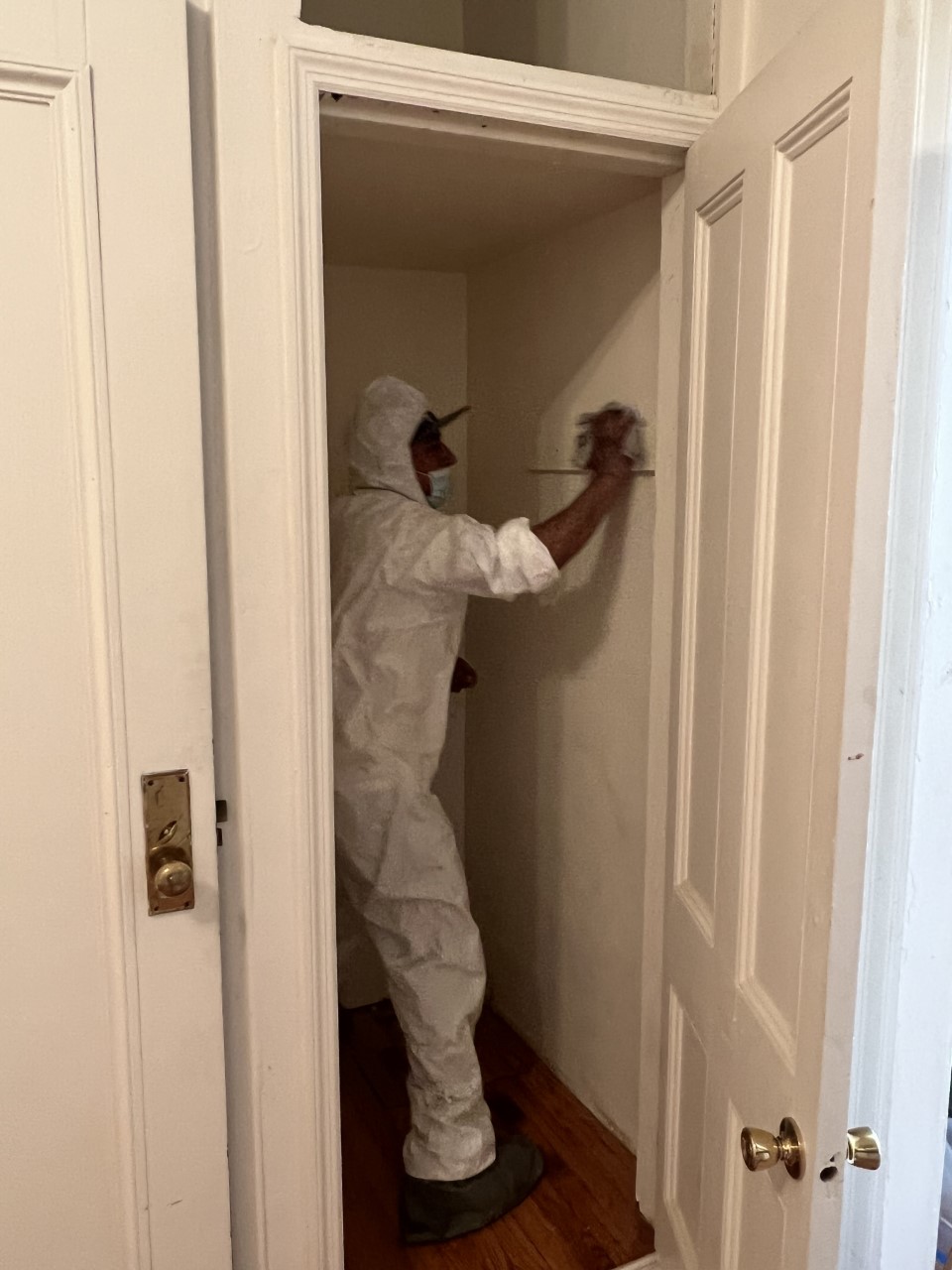Dependable DOH & HPD Lead Violation Removal in NYC-- Secure Your Building
Comprehensive Overview on Effective Lead Violation Elimination Techniques
In the realm of ecological safety and security, addressing lead infractions requires a thorough and organized strategy. This thorough overview begins by highlighting the crucial first steps of identifying lead dangers via advanced evaluation and testing approaches. The guide specifies on the importance of sticking to rigorous security methods during the elimination procedure, including the usage of proper PPE and separating affected locations.
Identifying Lead Threats
Recognizing lead risks is an important very first step in mitigating the dangers connected with lead direct exposure. Lead, a hazardous steel, can be present in various ecological tools, consisting of paint, dirt, water, and dust. It postures extreme wellness threats, especially to kids and expectant females, causing neurological damages and developing hold-ups. Consequently, specific recognition of possible lead resources is crucial for reliable removal.
The preliminary phase in determining lead threats includes recognizing typical lead sources within the constructed atmosphere. Structures developed before 1978 are particularly susceptible due to the common use of lead-based paint throughout that duration. In addition, dirt contamination can happen from weakening outside paint, commercial emissions, or historic use leaded fuel.
Another significant resource is lead piping and plumbing components, which can seep lead right into drinking water. Customer items such as playthings, ceramics, and imported items may also have hazardous lead levels. Significantly, work-related environments and pastimes entailing lead can track contaminants into homes.
Analysis and Testing
When resolving lead dangers, effective evaluation and screening are paramount. First analysis commonly includes an aesthetic inspection to recognize possible lead sources, such as weakening paint or polluted dirt.

Dirt wipe sampling is one more crucial strategy, especially in property setups. By gathering samples from floors, windowsills, and various other surface areas, this technique supplies understandings into potential direct exposure threats. Moreover, dirt screening around building borders is important to spot lead contamination that might posture hazards, specifically to children.
Safe Removal Treatments
Upon completing extensive analysis and testing, executing risk-free elimination procedures is the next essential phase in dealing with lead hazards. This process makes certain that lead-contaminated products are successfully and securely gotten rid of, decreasing threat to both workers and residents. The primary step entails separating the damaged area using plastic sheeting and appropriate securing strategies to stop the spread of lead dirt.
Employees need to don proper personal safety equipment (PPE), including respirators, gloves, and disposable additional hints coveralls, to reduce exposure. Utilizing specialized devices and wet techniques, such as wet sanding or utilizing HEPA-filtered vacuum cleaners, reduces the diffusion of lead particles. It is crucial to stay clear of dry sanding or rough blasting, as these techniques can produce dangerous lead dust.
Garbage disposal is one more important part; all polluted materials must be firmly bagged and classified according to EPA and neighborhood regulations. Additionally, extensive cleaning of the workspace with HEPA vacuums and wet cleaning guarantees the elimination of recurring lead fragments.
Post-Removal Confirmation

Confirmation of effective lead removal, called post-removal verification, is imperative to make certain the safety and security and habitability of the remediated area. This procedure includes a collection of careful assessments and examinations made to spot any kind of residual lead fragments that may position health threats. The first action normally includes a visual examination to assess the completion and top quality of the removal job. This examination ensures that all well-known resources of lead have been attended to which no noticeable signs of contamination stay.
Adhering to the aesthetic evaluation, ecological sampling is carried out. This entails collecting dust, soil, and often water examples from the remediated area. Recognized labs assess these examples to determine lead levels, guaranteeing they fall listed below the security limits developed by regulatory bodies such as the Environmental you could look here Security Company (EPA)
On top of that, air top quality testing might be executed to spot air-borne lead bits, specifically in cases where considerable lead-based paint removal or remodelling has actually occurred. The results of these tests provide quantitative data verifying that the lead degrees are within permitted limitations.
Inevitably, post-removal verification offers as an essential checkpoint, confirming the effectiveness of the lead abatement initiatives and securing the wellness of occupants and site visitors.
Safety Nets and Upkeep

A key safety net includes using lead-safe licensed professionals for any type of renovation, repair, or paint tasks. These specialists are trained in methods that lessen lead find more information dirt and debris. Furthermore, keeping painted surfaces to stay clear of cracking or peeling is crucial, as degrading paint can release lead bits into the atmosphere.
Educational efforts targeting building owners and renters relating to the threats of lead and the value of reporting any potential risks can better enhance preventative initiatives. Routine cleansing making use of HEPA vacuums and wet wiping techniques can considerably minimize lead dirt build-up.
Verdict
In summary, efficient lead infraction removal necessitates a careful strategy encompassing extensive evaluation, specific testing, and stringent removal procedures. Ensuring safety through proper isolation and personal safety tools stays extremely important. Post-removal confirmation using ecological tasting and air high quality testing substantiates compliance with established safety criteria. In addition, recurring assessments and upkeep are vital to reduce future lead risks, thus securing public health and wellness and guaranteeing sustained conformity with regulative requirements.